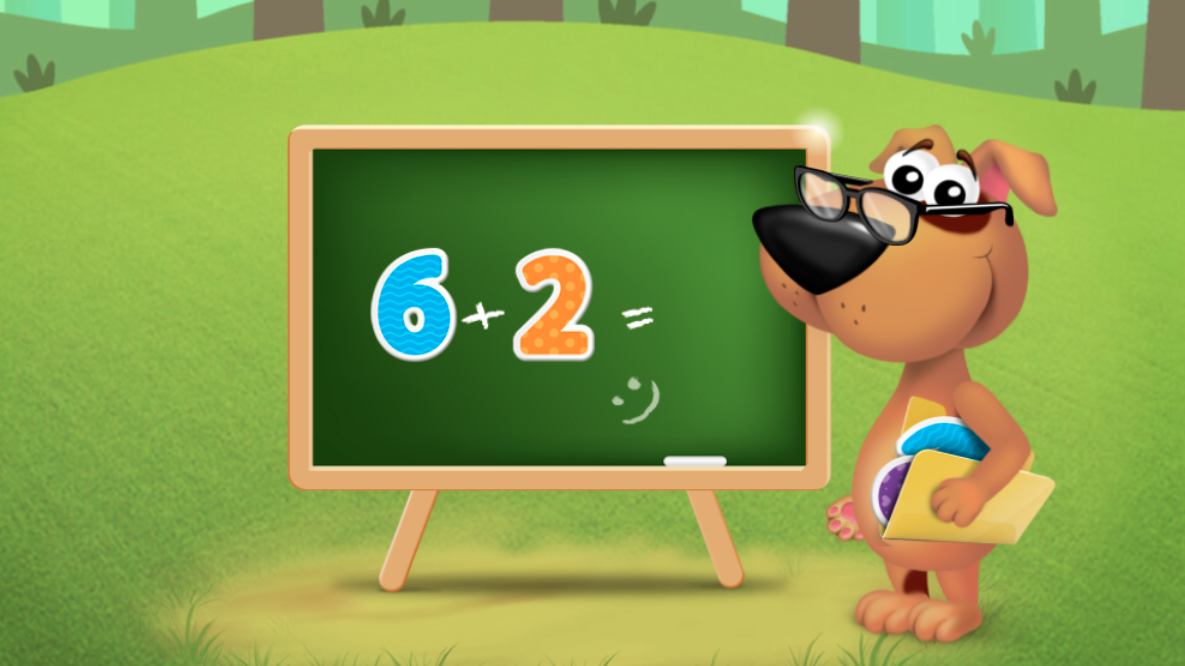Fraction identification Addition Worksheets for Ages 6-8
5 filtered results
-
From - To
Unlock the fun of fractions with our Fraction Identification Addition Worksheets for ages 6-8 at Kids Academy! Perfectly designed for young learners, these worksheets help children master the concept of adding fractions through engaging and interactive activities. Each sheet features colorful visuals and simple step-by-step problems that make learning enjoyable and effective. The worksheets not only boost math skills but also build a strong foundation in fraction identification and addition. Ideal for classroom use or homeschooling, our worksheets ensure children gain confidence and proficiency in fractions. Start exploring today and watch your child's math abilities soar!
Understanding fractions forms a foundation for many essential math skills, making it crucial for parents and teachers to focus on fraction identification and addition for children ages 6-8. At this early age, students are in a critical developmental phase where building strong, fundamental concepts in math can lead to more advanced understanding in later years.
Introducing fractions early allows children to develop a sense for parts of a whole, which is not only important academically but also in real-life situations, such as cooking, sharing, and simple financial transactions. By recognizing fractions visually and conceptually, children enhance their number sense, deepen their grasp of division and multiplication, and lay groundwork for algebra and geometry.
Moreover, working with fractions encourages children to think critically and solve problems creatively. The ability to break down complex problems into smaller, manageable parts is a skill that extends beyond mathematics to support cognitive and analytical thinking in other subjects and everyday situations.
Additionally, catching and addressing misconceptions or difficulties early prevents gaps in learning that could hinder future progress. Teachers and parents play a pivotal role in providing hands-on and engaging learning experiences that make fractions easier to understand and fun to explore.
In summary, teaching fraction identification and addition to kids ages 6-8 equips them with essential skills for academic success and practical life applications, fostering a love for learning and greater confidence in their mathematical abilities.


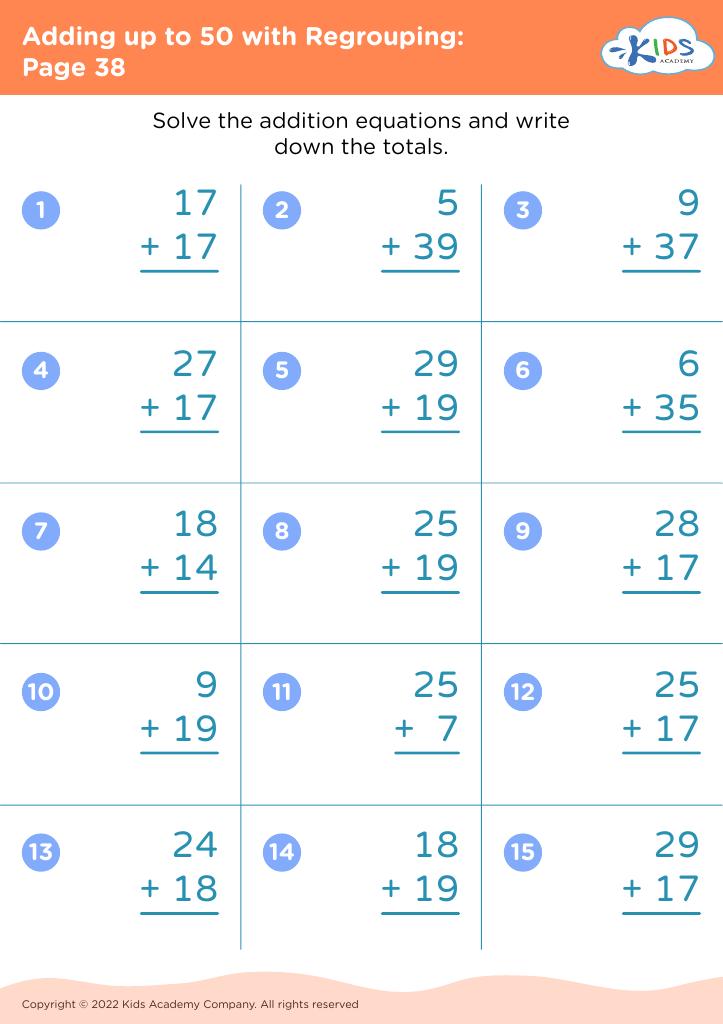
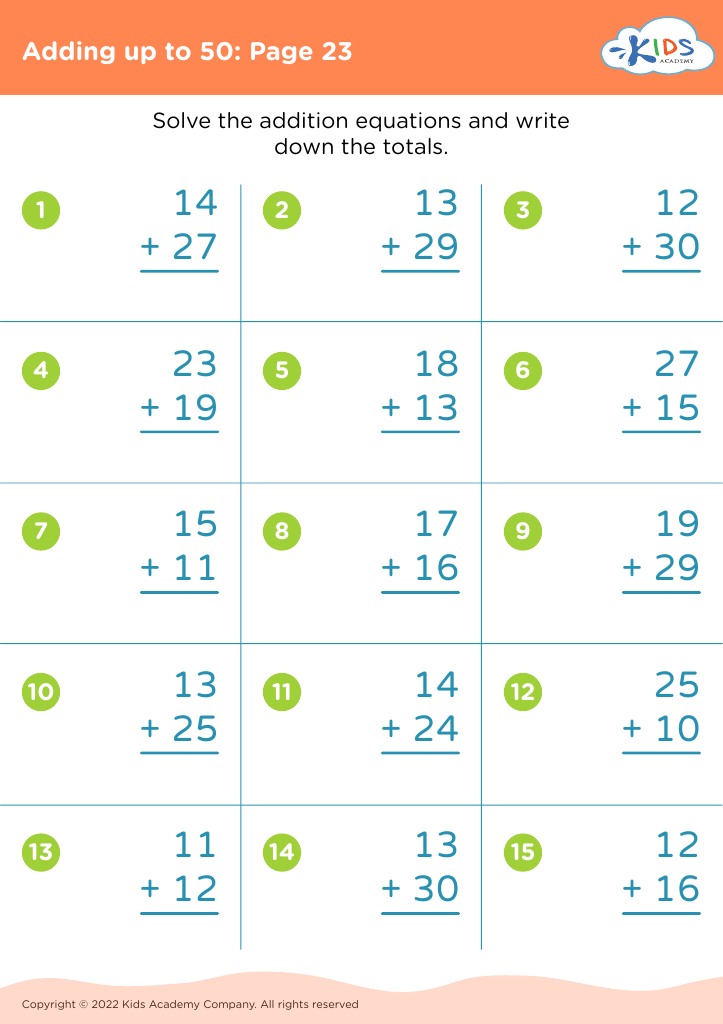
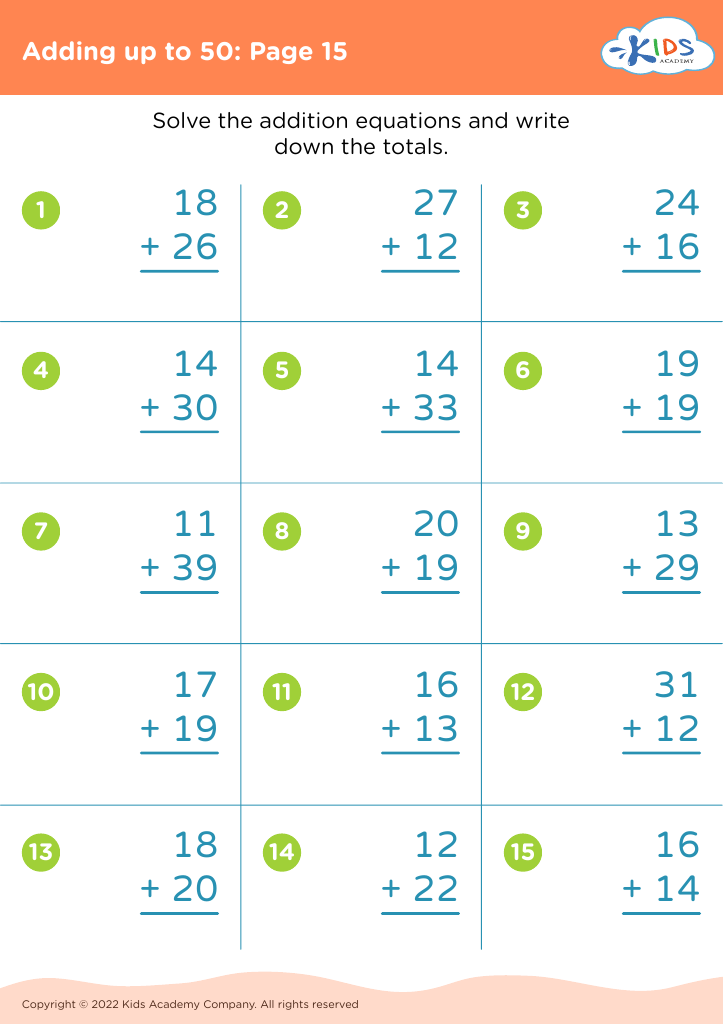
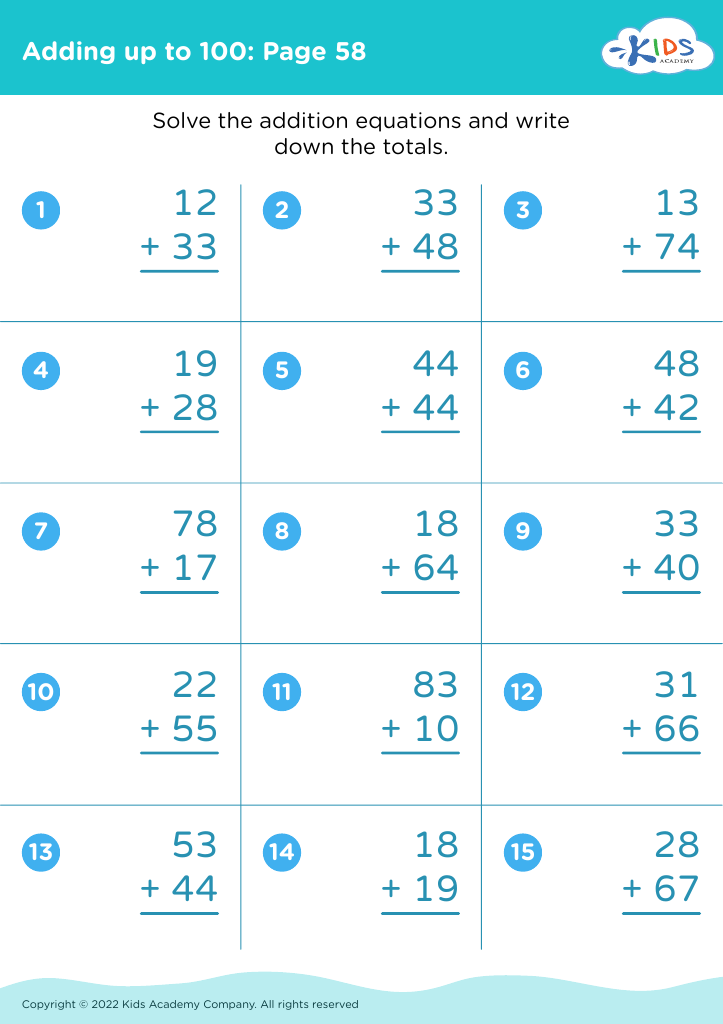







.jpg)

